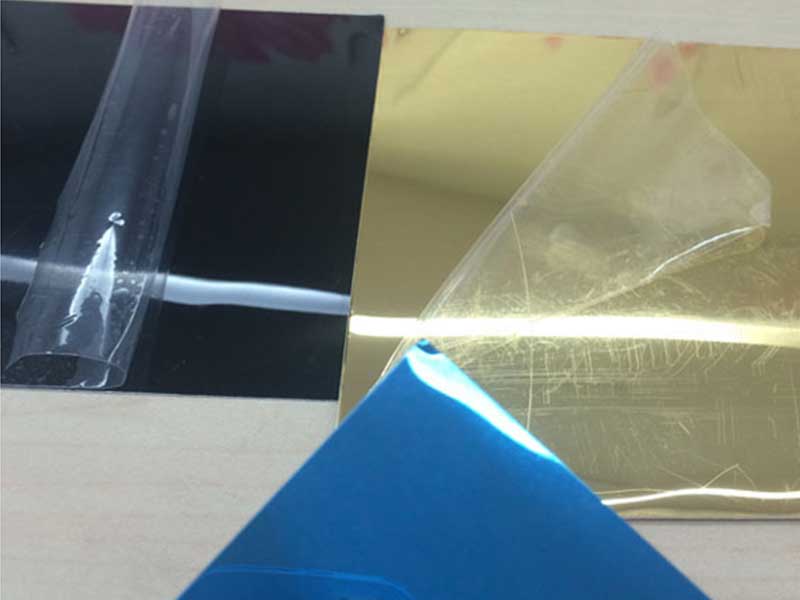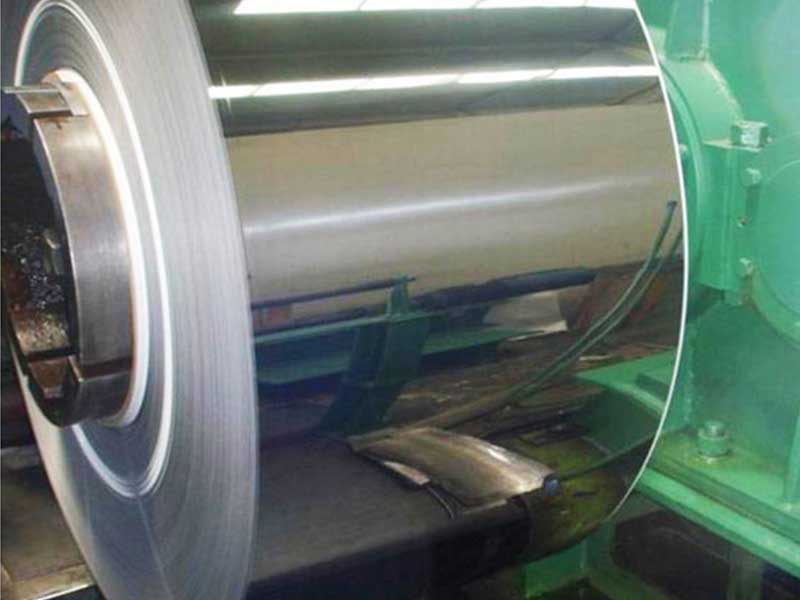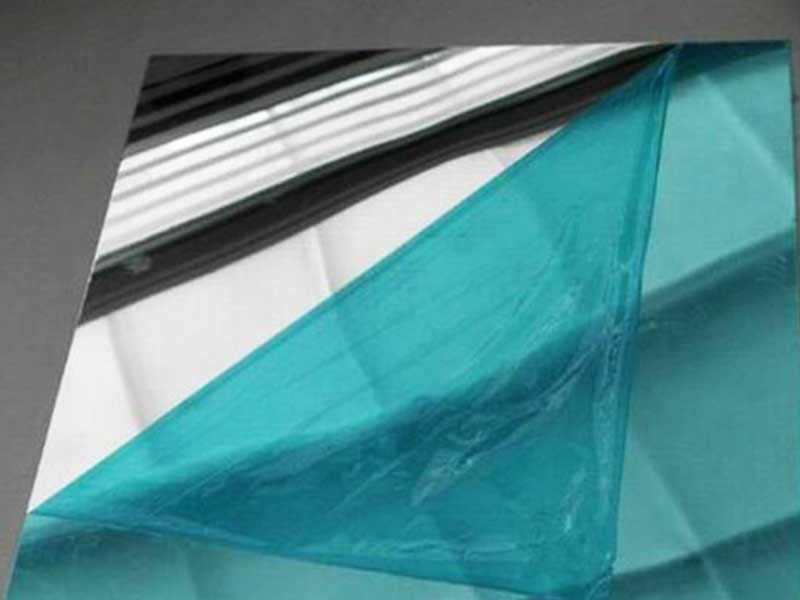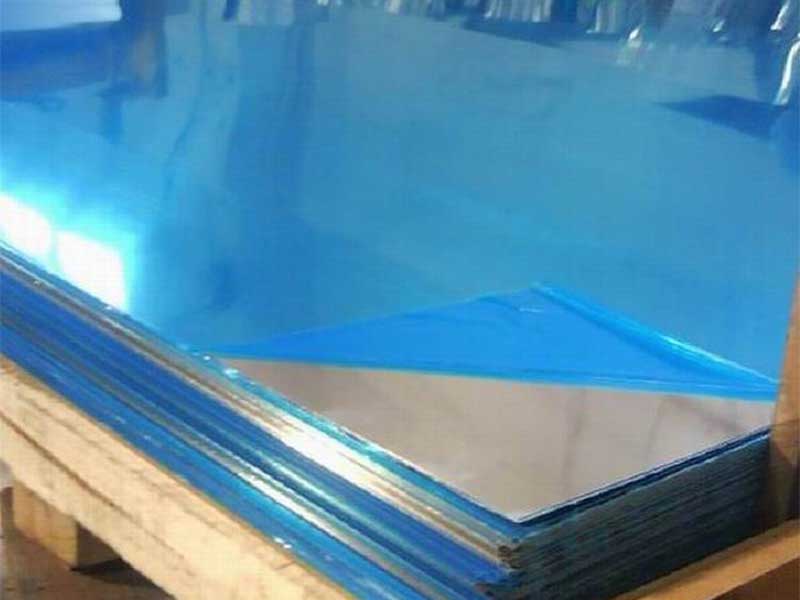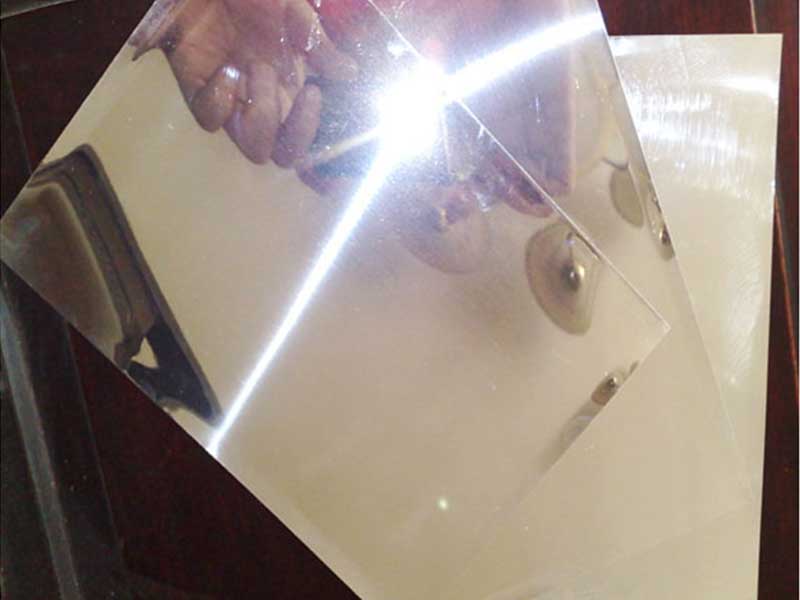Anodized mirror finish aluminum sheet
Anodized Mirror Finish Aluminum Sheet: Where Function Meets Elegance
In today’s architectural and industrial landscapes, materials that combine durability with aesthetic appeal are highly sought after. The anodized mirror finish aluminum sheet exemplifies this blend, offering both striking visual qualities and advanced functional performance. But beyond its gleaming appearance, what truly sets this material apart—technically and practically—makes it indispensable in diverse applications.
Anodized Mirror Finish Aluminum Sheets: More Than Just Shine
At first glance, anodized mirror finish aluminum sheets captivate with their flawless, reflective surface akin to a polished silver mirror. However, the beauty is more than skin-deep. The anodizing process transforms the aluminum’s surface into a robust oxide layer through electrochemical oxidation. Unlike traditional coatings that sit atop a material, anodizing integrates this protective film, resulting in superior corrosion resistance and wearability.
What differentiates the mirror finish variant is the meticulous polishing process preceding anodization. The aluminum sheet undergoes grinding and buffing stages, removing irregularities to create an ultra-smooth surface capable of producing near-perfect reflections. The subsequent anodizing step locks in this lustrous shine while imbuing it with exceptional resilience.
Functional Advantages: Beyond Aesthetics
Enhanced Corrosion ResistanceThe anodic oxide layer entices the material with natural defense against environmental aggressors. Industries working in coastal or high-moisture settings find these sheets invaluable for maintaining long-term integrity without visual or structural degradation.
Surface Hardness and Scratch ResistancePolished aluminum, though beautiful, can be soft. The anodized oxide film significantly improves hardness—up to 10 times harder than untreated aluminum—making the sheets less prone to abrasion or fingerprints, crucial in high-traffic or mechanical environments.
UV Stability and Color RetentionAnodizing stabilizes the aluminum surface, preventing color fading and keeping the mirror shine vibrant even in outdoor or high-UV exposure applications. This reduces maintenance and extends the lifespan of the installation.
Electrical Insulation and Thermal ManagementWhile metal typically conducts electricity, the anodized layer has insulating properties, advantageous in electronic housings needing a balance between thermal dissipation and electrical safety.
Distinctive Applications: Where Mirror Meets Purpose
Architectural Design and Interior AccentsThe trend of integrating metal mirrors in interiors has surged, leveraging anodized mirror aluminum sheets to achieve clean modern aesthetics. Ceilings, wall panels, and decorative trims created from these sheets elevate spaces with reflective light effects while promising durability in heavy-use areas.
Elevator Panels and Lift FinishesSafety, durability, and visual quality converge in elevator designs that employ anodized mirrors. The scratch-resistant finish maintains professional appeal amid continuous use by thousands of passengers.
Electronic Devices and Appliance PanelsThose shiny casings on smartphones, laptops, or kitchen appliances often source materials like anodized mirror finish aluminum sheets. Running heat efficiently while providing a significant visual upgrade ticks multiple operational boxes.
Automotive and Transportation ComponentsCustom trims, interior decorative parts, or specialty body components incorporate anodized mirror aluminum to blend lightweight design with refined mirror-like surfaces—enhancing both performance and style.
Signage and Display ManufacturingThe reflective yet durable properties allow outstanding visibility and longevity for commercial signage, exhibition backdrops, and display cases which must sustain high-impact environments while drawing attention with mirror finishes.
https://www.al-alloy.com/a/anodized-mirror-finish-aluminum-sheet.html


